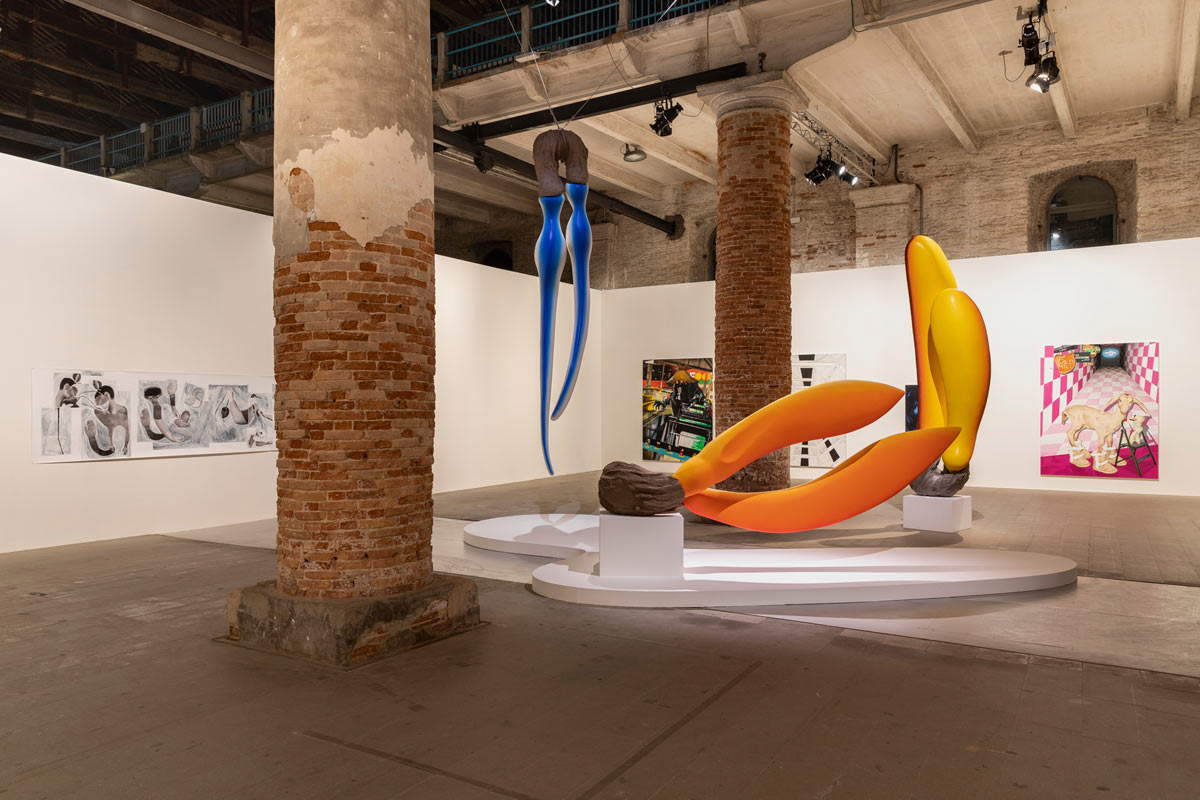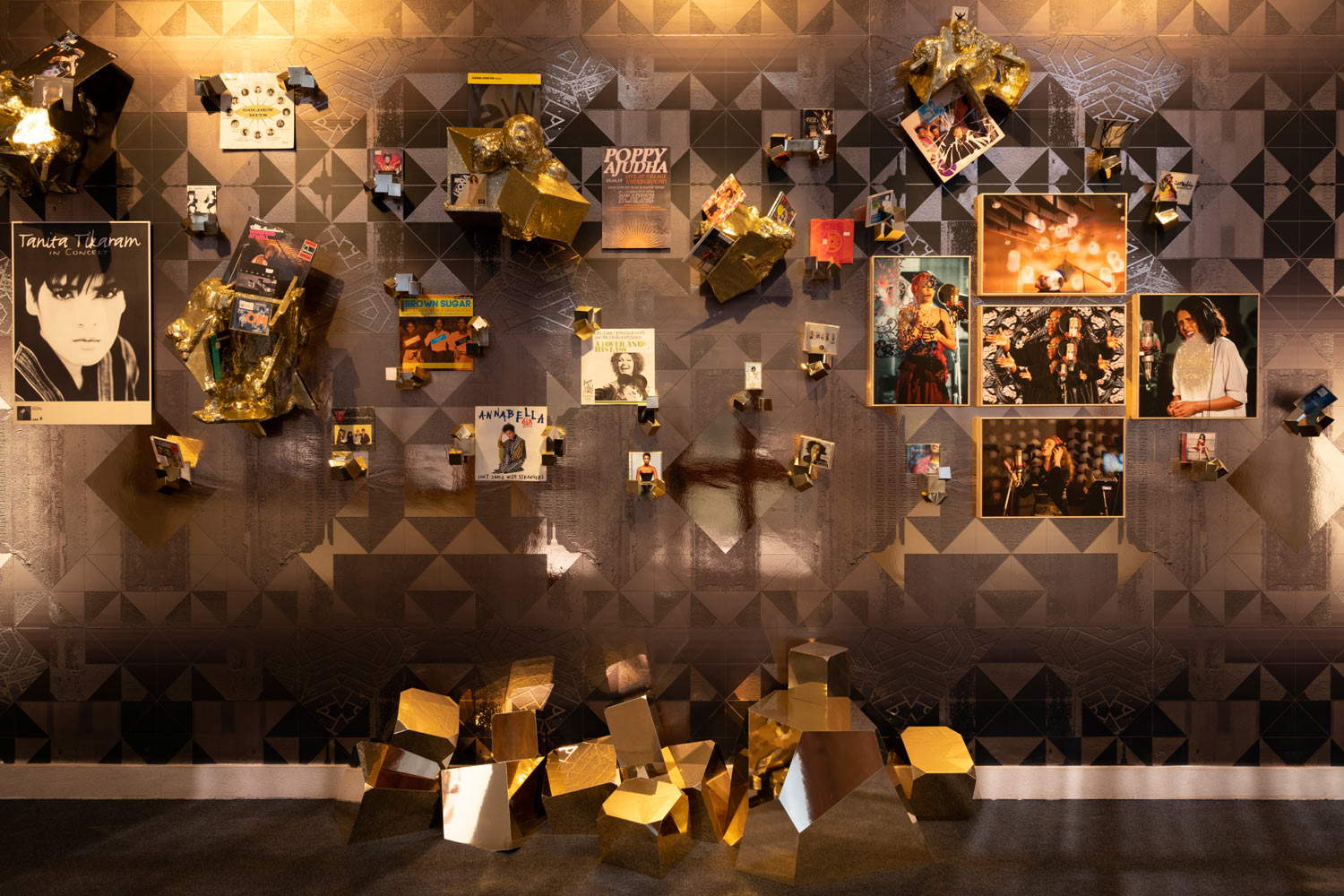To paraphrase the amusing title of a book on contemporary art in the early 2000s, the real advice that can be given to the audience about to experience the adventure of the Venice Biennale is to approach it with great open-mindedness and free of any prejudice.
The Venice Biennale is not a normal exhibition (moreover, supposed parameters of normality have long since ceased to exist in the history of exhibitions) but an experience, a journey. Like any good journey it is prepared in advance and, most importantly, it does not end in the time of its stay but its effects continue to unfold over time.
The audience that decides to live the Biennale experience must equip itself with the necessary tools such as curiosity, time, endurance, often patience, but first and foremost freedom of view and critical consciousness - each in its own way. Although in fact it is considered by most conservatives to be a Luna Park of culture, and sometimes a supermarket for the elite, the Venice Biennale, with its characteristic distinction between central exhibition, in the majestic industrial archeology of the Arsenals and in what used to be the Italian Pavilion at the Giardini center, and the national participations spread among the ancient architecture of the Giardini, a symbol of a backward political geography in the early twentieth century, the Corderie and Tese still in theArsenale area and especially in the magnificent stage of the city of Venice, is an event that is in effect a mirror of time.
Countless may be the past examples of powerful snapshots of history: from the unforgettable Balkan Barock by Marina Abramovi?, Leone d’Oro in 1997, a synaesthetic purification rite in which the queen of the performance seated on a chilling mountain of 1,500 bloody bovine bones denounced with irreducible clarity the ethnic cleansing taking place during the war in the Balkans, through What Else Could We Talk About? Teresa Margolles’s macabre performance installation for the Mexico Pavilion in 2009, and again to the Egypt Pavilion’s courageous act of denunciation in 2011 with the powerful five-screen visual narrative of the Arab Spring and the Thirir Square riots in which the artist, the young video reporter Ahmed Basiouny, met his death.



The 59th edition of the Venice Biennale did not miss this goal either. After the forced one-year stalemate inflicted by the Covid 19 pandemic, its coveted inauguration falls in the midst of an atrocious international conflict in the heart of Europe, undermining what are the ideals of freedom of art itself as well as the established, if philosophically outdated, format of presenting the best of the visual arts from each participating nation. The absence of Russia, which withdrew within days of its invasion of Ukraine, the abrupt set-up desired by the Biennial organizers in the Giardini area of the so-called “Ukrainian Square”, in which totems made of sandbags stand to simulate the sad wartime practice of attempting to preserve monuments, and above all the significant presence of the Ukrainian Pavilion and its team whose arrival in the lagoon in the two months just prior to the opening took on a sadly epic afflatus, may stand alone as a symbol of the very meaning of the Venice Biennale: a thermometer of society.
The appointment of a female curator, for the first time Italian although based in New York (emancipation by half sigh), was a political sign that is clearly reflected in the exhibition The Milk of Dreams. Cecilia Alemanni bravely unhinged the macho tradition of the art system by inviting 191 women artists out of a total of 213 attendees. Finally. The femininity of the exhibition is glaringly obvious to even the most clueless visitor as is the attention to distant worlds and social categories on the margins. Appreciable is the attempt to systematize the works into sections and micro narratives from magic to surrealism, from the body to the machine in order to orient oneself in a multimedia and multiracial production. Such a proliferation of works (1433, surely also due to the increased time had for the preparation of the unmissable event of the art world) cannot but bewilder, however, the visitor to whom an indispensable map and perhaps the pocket guide is therefore recommended, just like a good traveler.
Finally, the saga of the awards! This year, even to the unskilled eye, the monolithic consistency of the awards, given mostly to women, does not escape this year... this too is a key to understanding the trend in art, we hope. However, without detracting from the work of Simone Leigh, awarded Best Artist, with her double presence in pomp at the entrance to the Arsenali exhibition and as representative of the U.S. Pavilion, transformed into a hut for the occasion, or Sonia Boyce winning the Golden Lion for Best National Participation with the enthralling installation Feeling Her Way for Great Britain, art could afford to be a little less politically correct as well.
This contribution was originally published in No. 14 of our print magazine Finestre Sull’Arte Magazine. Click here to subscribe.
Warning: the translation into English of the original Italian article was created using automatic tools. We undertake to review all articles, but we do not guarantee the total absence of inaccuracies in the translation due to the program. You can find the original by clicking on the ITA button. If you find any mistake,please contact us.